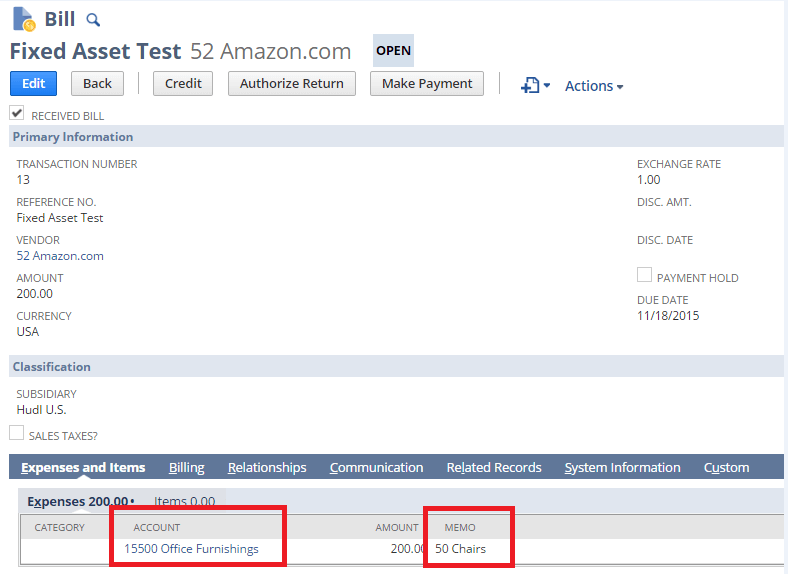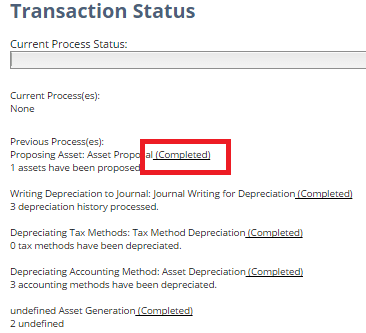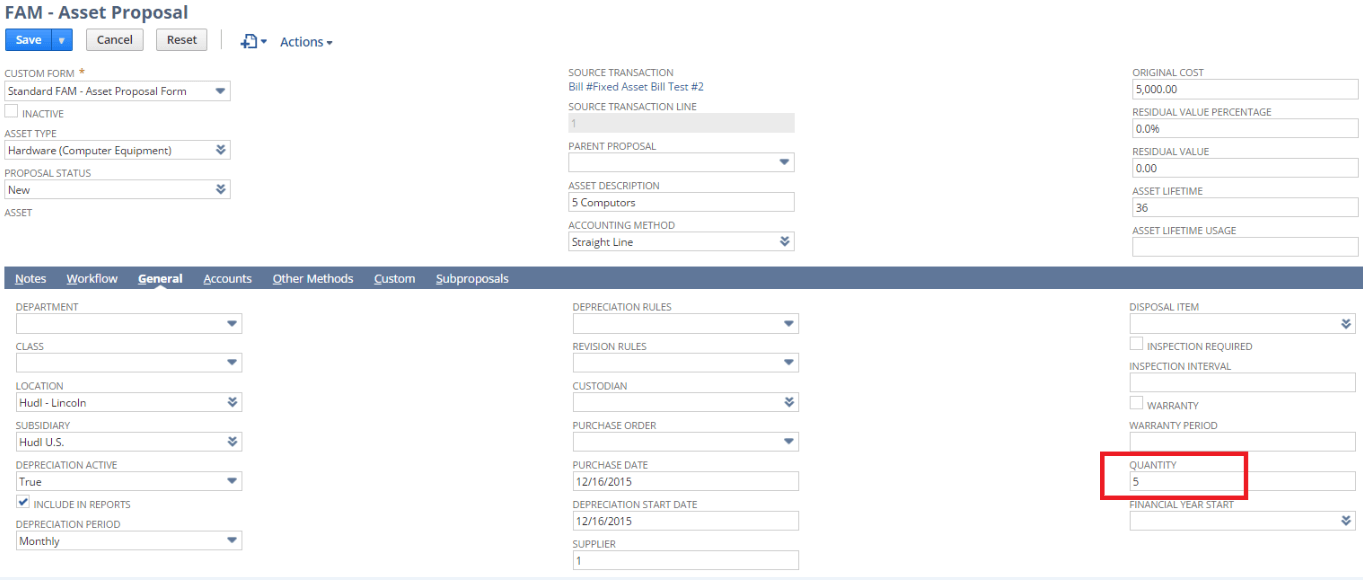Outsourced Accounting
Expertly trained accountants with a deep understanding of the software and your industry,
Sign up for our newsletter to get insights & actionable business accounting tips

Posted on January 10, 2022 at 7:55 PM
Written by Justin Atneyel
NetSuite Fixed Asset helps you maintain and control the complete asset lifecycle from creation to depreciation, revaluation and retirement. It gives you the power to eliminate spreadsheets and manual effort from your company’s asset management processes.
Plumb provides outsourced accounting services for companies using NetSuite Fixed Asset. As an outsourced accounting firm with NetSuite experience, our team can handle your NetSuite accounting services and needs. We specialize in NetSuite financial reporting, bringing you timely and accurate Balance Sheet, Cash Flow Statements, P & L Statements, Budgets and Forecasts, Custom Reports, KPIs and more.
Contact Plumb for a free NetSuite Accounting consultation.
This NetSuite Fixed Asset Management User Guide will help you:
Step 1: Enter a PO/receive/bill.
Timing: Enter as needed during the month.
Navigation: Receive a PO or enter a bill directly by navigating to Transactions > Payables > Enter Bills
The PO/Bill should be coded directly to the asset account with a description of the asset in the memo field.

Step 2: Propose Asset in the NetSuite Fixed Asset Module.
Timing: Once a month during the month-end close process.
Navigation: Fixed Assets > Transactions > Proposal
*It will look like nothing is happening but NetSuite will be processing the Asset Proposals in the background. To get a glimpse of what’s happening, you can navigate to Fixed Assets > Transactions > Transaction Status
On the Transaction Status screen, you will see a summary of the active and completed processes. From there you can click on the hyperlinks for additional detail. As long as the “Record Processed”, you should be OK to proceed.

Step 3: Reject or Generate Assets.
Timing: Once a month during the month-end close process.
Navigation: Fixed Assets > Transactions > Proposal
It is a good idea to review each asset being proposed to ensure the details are updated accordingly. For instance, if you purchase 5 computers on one of your bills/asset proposals, you should make the quantity in the FAM – Asset Proposal record has a quantity of 5. You can also change any other aspect of the asset at this time like depreciation method, depreciation start date, etc. Click save when complete.

Back the Asset Proposal screen, select the asset by checking the box to the left of the asset then click “Generate Assets” (or “Reject Assets”) near the top.
*As when proposing a new asset, NetSuite will appear to not be processing. As with Step 1, you can see the Transaction Status by following the same navigation.
Timing: Once a month during the month-end close process.
Navigation: Fixed Assets > Transactions > Asset Depreciation
*Unlike the other processes, this step will take you directly to the Transaction Status screen where you will be able to see how many transactions were processed.
**To see the journal entries posted, you can view the journal entry by navigating to Transactions > Financial > Make Journal Entries > List and select the latest one (i.e. you can sort by latest Internal ID).
***You can also verify the depreciation associated with a particular fixed asset by reviewing the depreciation entry posted to the FAM – Asset Record by navigating to Fixed Assets > Lists > Assets and selecting the Asset in question. You can see the depreciation entries posted by reviewing the Depreciation History tab.
Timing: As needed.
Navigation: Fixed Assets > Transactions > Asset Revaluation.
*You will be taken to the Transaction Status Screen where you can see when the revaluation is completed.
**You can verify the amount by reviewing the write-down entry posted to the FAM – Asset Record navigating to Fixed Assets > Lists > Assets and selecting the Asset in question. You can see the journal entry posted by reviewing the Depreciation History tab.
Timing: As needed.
Navigation: Fixed Assets > Transactions > Asset Disposal
*You will be taken to the Transaction Status screen where you can see when the disposal is complete
**You can verify the amount by reviewing the sale write-off entry posted to the FAM – Asset Record by navigating to Fixed Assets > Lists > Assets and selecting the Asset in question. You can see the journal entry posted by reviewing the Depreciation History tab.
***You can view the Disposal/Invoice posted to the FAM – Asset Record by navigating to Fixed Assets > Lists > Assets and selecting the Asset in question. You can see the Invoice issued by reviewing the Asset Sale/Disposal tab.
This NetSuite User Guide for NetSuite Fixed Asset Management was brought to you by Plumb.
Sign up now:
Submitting this form subscribes you to emails from Plumb. View our privacy policy.